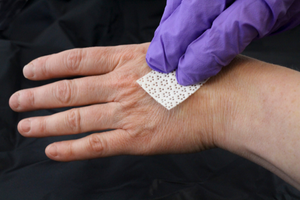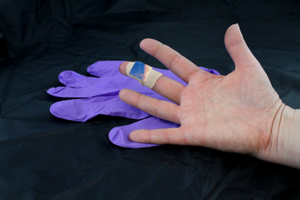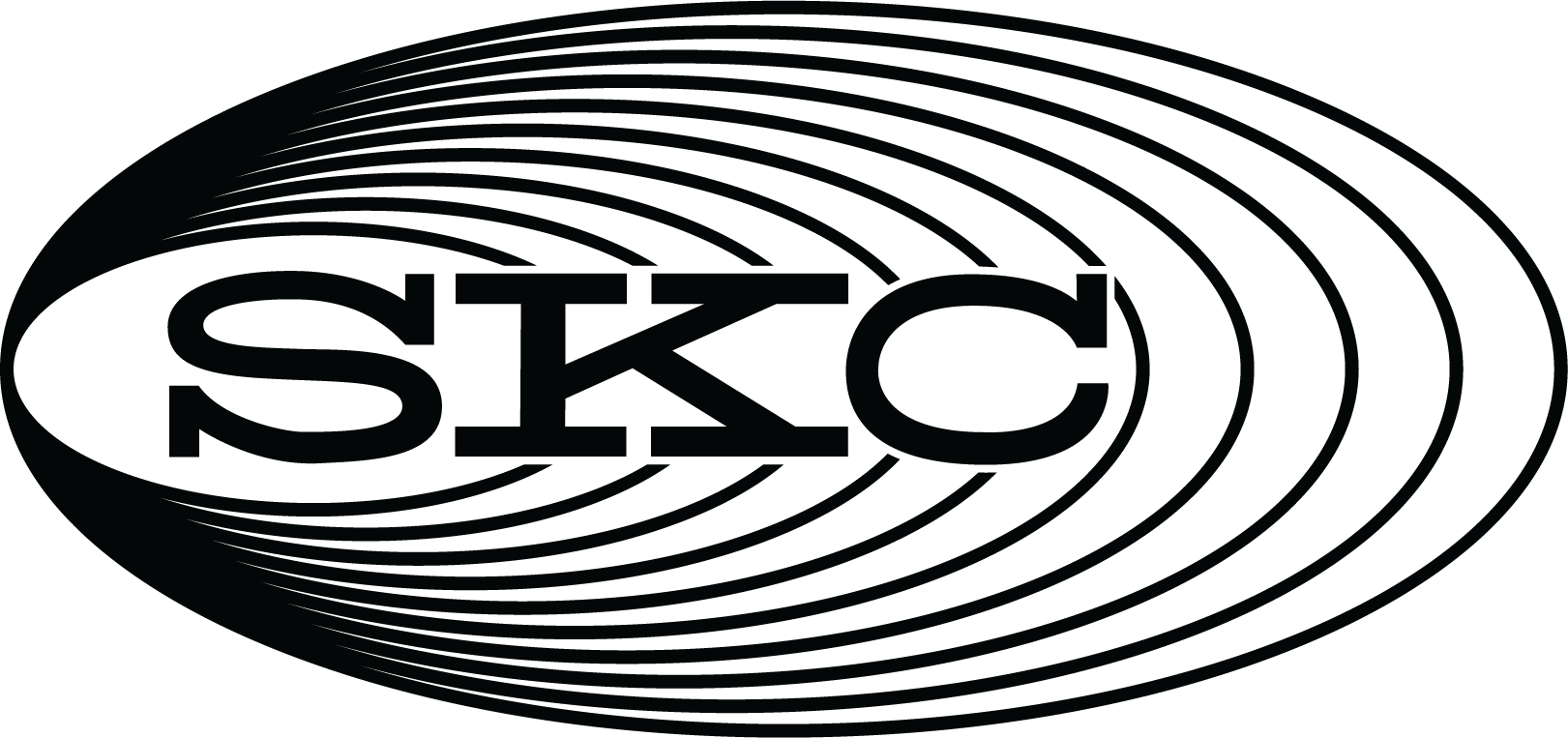

Making Invisible Surface and Dermal Contaminants Visible
Every day, workers can come into skin contact with chemical contaminants either directly or indirectly through handling contaminated equipment or touching work surfaces. This dermal contact has the potential for significant contribution to overall occupational exposure, making risk assessment essential!
Using SKC surface and dermal exposure tools can help you proactively screen and confirm the effectiveness of controls for chemicals with ACGIH® skin notation. These easy-to-use colorimetric indicators can help you keep workers healthy and safe and maintain compliance with dermal exposure reduction programs. Colorimetric sensors worn under gloves and other PPE can aid in selecting effective PPE. Test for exposure to the following hazards:
- Aromatic amines
- Aromatic isocyanates
- Aliphatic amines
- Aliphatic isocyanates
- Acids and bases
- NEW! Beryllium
- NEW! Hexavalent Chromium (surface only)
- Phenols
- Nickel
- o-Phthalaldehyde (OPA)
- Solvents (PERMEA-TEC)
SKC also offers cleansing and decontamination solutions for safe and effective removal of contaminants.
From Exposure to Clean Up, We Have You Covered


Get colorimetric surface and dermal exposure indicators for fast results.


Check for glove and other PPE breakthrough with these easy-to-use qualitative sensors.


Cleanse skin and decontaminate surfaces with SKC D-TAM/D-TAM Gold and DECONtamination solutions. Safe and effective!
SWYPE and PERMEA-TEC Color Reactions at a Glance
The easy-to-read color reactions on Surface and Dermal SWYPE Indicators and PERMEA-TEC PPE Breakthrough Sensors quickly alert you to chemical contamination on surfaces, skin, or inside gloves and other PPE. Use the convenient guide below to aid in reading test results. Help ensure worker safety, successful decontamination, and compliance with simple, reliable SKC SWYPEs and PERMEA-TEC!


A Word About Cleanup!
SKC offers two lines of solutions for cleanup: DECONtamination Solutions to remove chemical contaminants from surfaces and D-TAM and D-TAM Gold cleansers for skin. Which should you use?
For surfaces, select the DECONtamination Solution for the applicable chemical hazard to be removed. Available for isocyanates, aromatic amines, and hexavalent chromium.
For skin, there are some options depending on the chemical contaminant. Use the table below as a guide for selecting the optimal cleanser to remove chemical contamination from skin. SKC continues its research and will update this table as more data is generated.
Skin Decontamination Selection Guide


What is Log Kow?
Log Kow is “Octanol/Water Partition Coefficient”. This is the ratio of the concentration of a solute between water and octanol (a well-known property) that is commonly used as a measure of the relationship between lipophilicity (fat solubility) and hydrophilicity (water solubility) of a substance. If the value in the “Log Kow” column in the table above is greater than 1, it is a substance more soluble in fat-like solvents, such as n-octanol, and requires a cleanser containing a formulation that successfully removes such substances. Substances with a value less than 1 are soluble in water.


Check Out Our Demonstration Videos
Our demonstration videos show our Aromatic Amines surface and skin testing products in use for MOCA. However, SKC Skin and Surface SWYPES and PERMEA-TEC sensors are available for many other chemical hazards including aliphatic amines, aromatic and aliphatic isocyanates, acids and bases, phenols, nickel, OPA, and solvents (PERMEA-TEC). Our D-TAM and DECONtamination cleansers not only remove MOCA but are highly effective for removing isocyanates, pesticides, phenols, and other chemical contaminants.


Validate your login